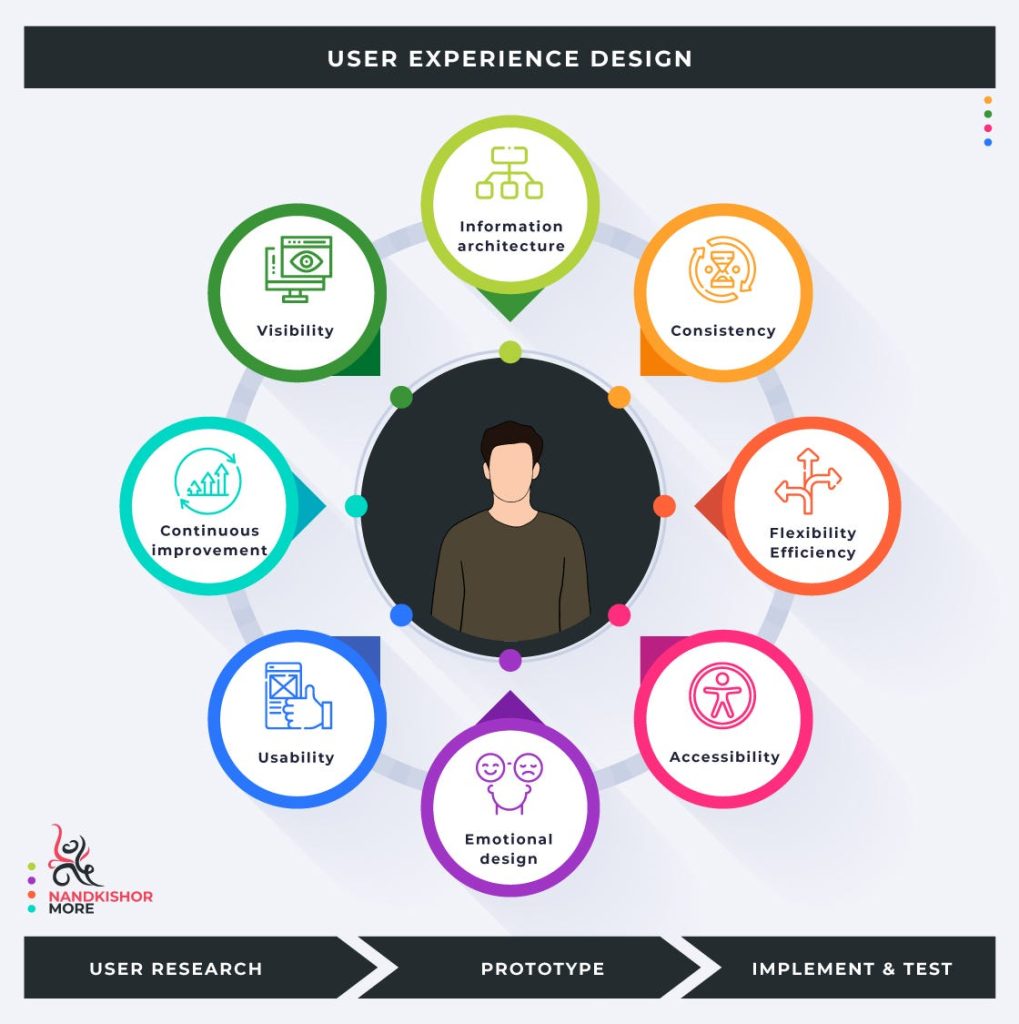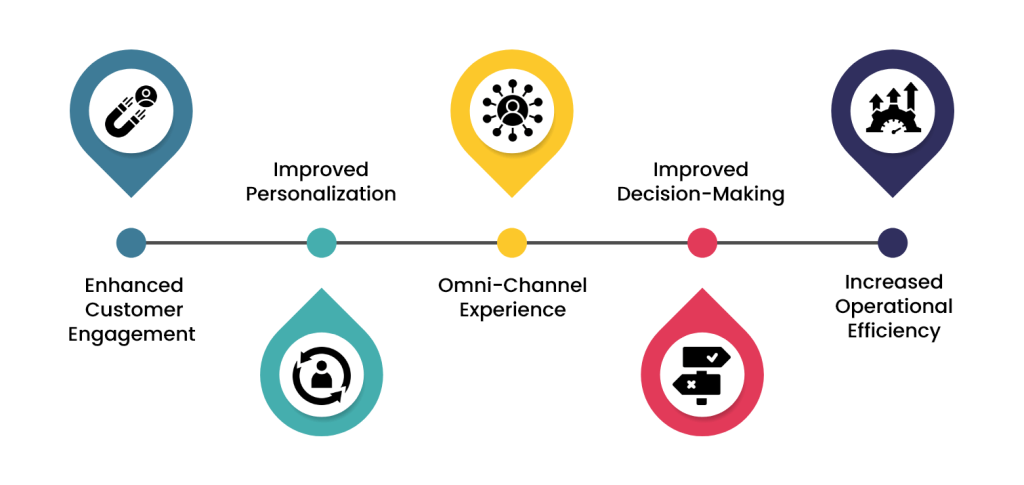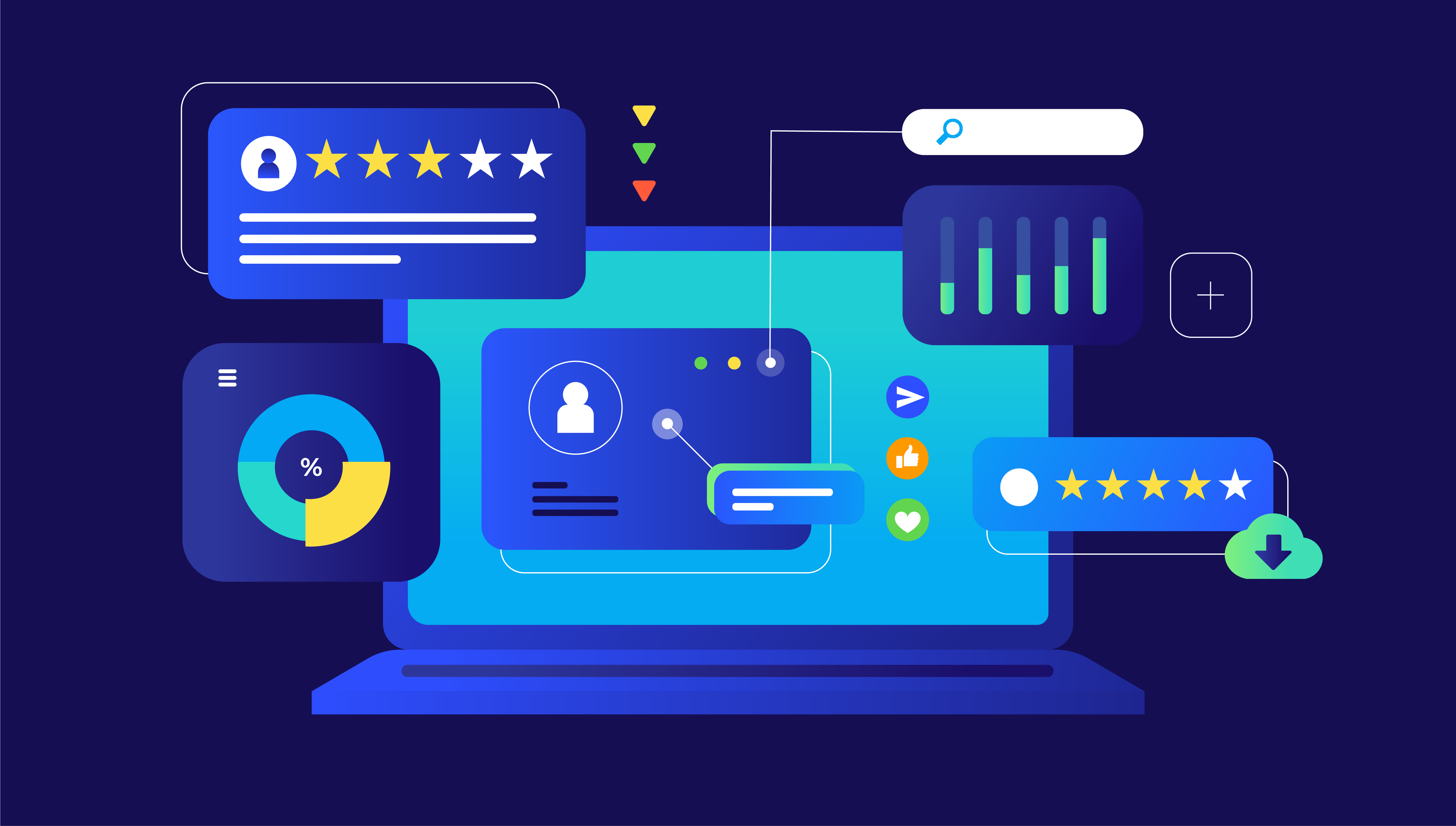Digital transformation and customer experience are slowly but steadily becoming two of the biggest trends in the pharma industry. The COVID-19 pandemic has completely transformed our perspective on how we interact with clients, highlighting the importance of going digital now more than ever. The pharmaceutical industry is known for being slow in digitization, but 2024 is expected to be the year of transformation in Pharma, with digital customer experience catalyzing change. So, why is it important to digitize customer experience? Why does it play a key role in the pharmaceutical industry? Learn more from our guide.
What is the Digitization of Customer Experience?
Every interaction with your brand online is considered a digital customer experience, whether it is a simple click on your website, a message sent to a chatbot, or an order added to the cart.
The digitization of customer experience entails transitioning conventional in-person interactions to virtual platforms. Rather than drawing customers to physical stores, brands digitizing customer experience emphasize delivering outstanding online services and excel in reaching out to their target audience. Digitization of customer experience also means that you as a brand acquire a new set of tools to use to reach your target audience and engage with it.
Importance of Digitization in the Pharma Industry
Digital transformation of customer experience has become one of the most significant aspects of any business’s success. High-quality CX translates to increased retention, better engagement, and an improved relationship with a customer. At the same time, poor CX often leads to a company’s reputation quickly declining and customers losing trust in the business they once chose to work with.
Efficient Data Management
Pharmaceutical organizations no longer need to rely on paper. Most data can now be stored and accessed online and in real-time, reducing the time required to find necessary documents and identify relevant information. This not only saves time but also eliminates the need to allocate physical space and consequently saves money.
Enhanced Research & Development Workflows
Digitization has profoundly influenced research and development (R&D) within the pharmaceutical industry in numerous ways. First, researchers can now store and analyze all the data accumulated during research more effectively.
Moreover, thanks to decentralized trials, there is no more need for physical sites for conducting research, which makes clinical trials even more cost-effective and inclusive. And when it comes to advanced technologies, the emergence of AI and machine learning has significantly impacted R&D, accelerating processes such as clinical trials, drug development, or monitoring.
Telemedicine
Telemedicine is the next step toward accessible healthcare. Thanks to cutting-edge customer-centric technologies, providing patients with treatment worldwide and developing new ways to deliver healthcare services more effectively is now possible. Pharmaceutical companies can now conduct virtual clinical trials, connect with healthcare professionals globally, exchange knowledge to advance research, and improve data collection. Moreover, patients who need urgent care can receive it within a few days without having to wait for a long time for a doctor’s prescription or medical advice.
Improved Compliance
As a company digitally transforms, it is crucial to offer excellent customer support, an optimized website, and a fully compliant service. Digitization helps pharma companies ensure compliance with regulations and laws, including those being updated or introduced to the industry for the first time. By transferring data to secure digital platforms and maintaining it safely, pharmaceutical companies can enhance compliance and meet all industry standards.
Increased Flexibility
Many pharmaceutical manufacturers grapple with the challenge of operating on outdated and inflexible machinery, which is both slow and inefficient. Digitization solves this issue, enabling pharmaceutical organizations to identify and procure modern, flexible, and agile machines. Thanks to digitization, companies can introduce automation and innovative digitization tools that accelerate production, lower costs, and enhance overall efficiency.
Customer Journey Stages to Consider in Digital Experience
From finding out about the brand for the first time to becoming a regular customer, there are a few stages in between that contribute to the final goal of acquiring a loyal client. These are called the stages of the customer journey, and they include:
Awareness
At this stage, potential customers encounter your brand for the first time. This introduction can occur through various digital channels such as social media, online advertisements, virtual events, etc. In the discovery stage, the customer remains passive; the only action required is from the brand. This is the sole opportunity to get noticed and motivate the user to move to the next stage of the customer journey, which is why a brand must take all important steps to catch a user’s attention.
Consideration
While it might be difficult to reach your target audience, it is sometimes even a bigger challenge to make it interesting enough to research more and engage with it. At the consideration stage, the main goal is to ensure that the customer takes time to learn more about your product and engage with your brand. For a successful consideration stage, you should offer a variety of activities like webinars, chatbots, demo versions, discounts, and so on.
Purchase
The purchase stage can vary across businesses. For some companies, it’s merely about creating a seamless process for adding products to a cart and making payments. Meanwhile, it may involve additional consultations and discussions regarding payment options for others. In either case, at this point, the brand’s responsibility is to ensure a smooth purchasing experience where customers feel comfortable completing a transaction and receiving the chosen products/services.
Retention/Loyalty
The initial goal of a brand is to secure a purchase. However, the next step would be to ensure that the first-time customer comes back again. At the retention stage, your task is to provide your customer with additional support and resources needed to motivate a client to repeat their purchase. The post-purchase period should offer as much personalization in digital customer interactions as the pre-purchase one, providing a returning customer with tailored offers, discounts, and content.
Advocacy
At the final stage, your customer is happy about your product and recommends it to others. This is the point every business should strive to reach. Achieving this requires building a trustful relationship and emotional connection with a client. To ensure your customers remain active after making multiple purchases, offer them a loyalty program, special discounts, surveys, and a quick system for leaving reviews.
Digitalizing of Customer Experience: Best Practices
Now, you might be wondering how to improve digital customer experience and connect with your customers on a deeper level. Use these practices to engage customers and create future-proofing customer journeys:
Understand Your Customers
Understanding your clientele and their pain points is crucial for creating a seamless digital CX. Gather as much information as possible through data analysis and create customer personas to identify and better understand customer preferences.
Get as Much Feedback as You Can
Implement a few ways to gather customer feedback and use it to improve your business. Every review you receive, whether it’s negative or positive, can be utilized to enhance your products and/or services. Therefore, don’t let customers’ feedback just sit there without any purpose; use it to find out more about their desires and expectations.
Optimize User Experience Across Different Platforms
No matter what type of device or browser your clients use, your website should be accessible and comfortable to use. More than 50% of internet users won’t even consider purchasing from a website with a poor mobile design. A website that is easy to use and quickly loads will attract many more customers than a website that looks good but is impossible to use in an online version or doesn’t offer enough clarity when making a purchase or choosing a product. Create a user-friendly webpage for customer interactions across all devices.

Use a Data-Driven Approach
Data rules the digital world. It’s a simple truth, and those who fail to make the most of all the opportunities data-driven technologies offer will not be able to build a strong relationship with their customer. Data is the foundation of any digital customer experience, regardless of your business. In fact, 51% of consumers feel like brands fail to personalize their digital experiences due to the information they have not being accurate or up to date. Collect as much information as possible from different sources, utilize various digital tools and programs to leverage customer data and analyze it, and act on the insights to make evidence-based decisions.
Map Out the Entire Customer Journey
Customer journey mapping visually represents customer behavior; how your customers interact with your brand. By gathering insights from various platforms your customers have already engaged with, you can gain a comprehensive perspective and better understand customer preferences and pain points. This helps you grasp customer needs, pain points, and desires, opening new opportunities for creating tailored content and providing improved service.
Digital Customer Experience vs. Customer Experience
Customer experience is an umbrella term that encompasses traditional customer service methods and channels, and digital ones. Customer experience, or CX, is an overall description of how your customers feel about your brand, including their perception of it, the types of interactions they had, their thoughts on your offerings, etc. Customer experience is what defines the brand and not just its self-description.
Digital customer experience refers solely to online customer-brand interactions. Even though CX doesn’t encompass such areas as physical store management or real-life events, it still requires a significant amount of effort and time to create an outstanding experience that turns clients into returning customers. Moreover, 3 in 4 American shoppers claim that customer experience is the deciding factor when choosing between competing brands, which makes it a dealbreaker when retaining loyalty and building a reputation.
To improve satisfaction and engagement with the audience, businesses should prioritize digital transformation for customer experience. According to Salesforce, 84% believe a company’s experience is as crucial as its product or service, which makes excellent DCX a competitive differentiator.

How Can Viseven Help You to Improve Your Customer Journey
The Viseven team has years of experience creating personalized digital customer experiences in healthcare. We will help you design a customer journey tailored to your brand strategy and mission. Here is what we offer:
- An effective KPI system that tracks all successful and failed marketing campaigns and helps you measure customer satisfaction;
- A digital infrastructure for effective digital customer experience management and automation;
- Detailed consultation on how to create customized marketing campaigns;
- Digital transformation for any business size and level of maturity;
- Enhanced brand visibility;
- Advanced customer-centric strategies tailored to your business needs and messaging;
- Development of interactive and flexible content adjustable to different platforms and audiences.
If you want to learn more about personalizing your digital customer experience journey, contact us for details now. Our experts are always ready to help pharmaceutical companies find the right digital solutions for improved customer satisfaction and craft exceptional digital experiences. Whether it is omnichannel strategies or custom journey mapping, Viseven is your trusted marketing technology service provider, ensuring support at every step of your marketing campaign.
Final Remarks
If you aim to gain a competitive advantage and build a strong connection with your customers, take a closer look at customer journey mapping to create great digital customer experiences. Learn more about customer needs, do your research to find out how they prefer to be reached, and try to use a digital customer experience strategy to personalize the content as much as you can. And, of course, remember one last thing: the future is behind digitization. So, if you want to succeed, it’s time to embrace digital transformation and let it help you!
